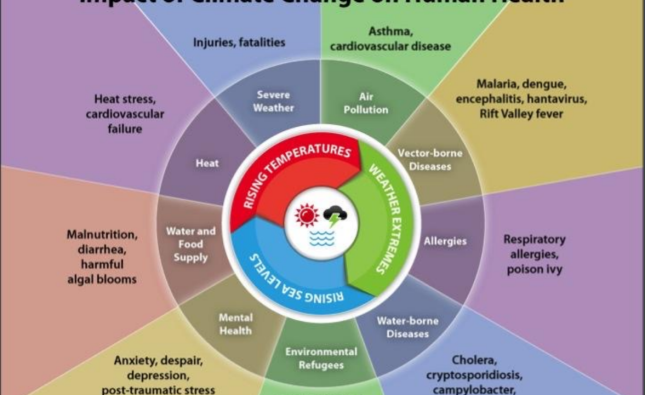
Author Introduction:
As a pediatrician with over 15 years of experience, I’ve witnessed firsthand the transformative power of physical activity in children’s lives. From stronger bodies and sharper minds to improved mood and social skills, the benefits of getting kids moving are undeniable. This article dives deep into the importance of physical activity for children and equips parents, caregivers, educators, and healthcare professionals with practical strategies to help youngsters embrace a life of healthy movement.
Active Bodies, Healthy Kids: Unveiling the Benefits of Exercise
Imagine a child brimming with energy, confidently climbing the monkey bars, chasing butterflies with glee, and falling asleep soundly at night. This picture of vibrant health is a testament to the power of physical activity for children.
The benefits of exercise extend far beyond burning calories. Physical activity lays the foundation for a lifetime of well-being, impacting a child’s physical, mental, emotional, and social development.

Building Strong Foundations: Physical Development Through Play
From the first wobbly steps to mastering cartwheels, physical activity plays a crucial role in a child’s physical development. It strengthens muscles and bones, improves coordination, balance, and motor skills. Running, jumping, climbing, and playing tag are all natural ways for children to develop these essential skills.
Brainpower Boost: How Physical Activity Enhances Learning
The benefits of exercise go beyond the physical realm. Studies have shown that physical activity can significantly enhance cognitive function in children. It improves memory, focus, concentration, and learning capacity. Increased blood flow to the brain during exercise fosters the growth of new brain cells and strengthens existing neural connections, leading to sharper minds and better academic performance.
Beyond Fitness: Social, Emotional, and Mental Health Benefits
The playground is more than just a place for swings and slides; it’s a social hub where children learn valuable life skills. Team sports, games, and group activities promote teamwork, communication, and cooperation. Physical activity also acts as a natural stress reliever, reducing anxiety and symptoms of depression. Additionally, it boosts self-esteem, confidence, and overall emotional well-being.

From Screen Time to Green Time: Making Physical Activity Fun and Engaging
In today’s digital age, it’s easy for children to get glued to screens. However, it’s crucial to find ways to balance screen time with active play. The key is to make physical activity fun and engaging!
Here are some tips:
- Lead by example: Make physical activity a family affair. Go for walks, bike rides, or have dance parties in the living room.
- Turn chores into games: Transform cleaning or yard work into a playful competition. Set a timer and see who can finish first!
- Explore the outdoors: Visit parks, playgrounds, or go on nature hikes. Fresh air and new environments will spark children’s curiosity and encourage movement.
- Embrace age-appropriate activities: For younger children, focus on active play, singing, and dancing. Older children might enjoy team sports, dance classes, or martial arts.
- Limit screen time: Set clear boundaries around screen time to ensure enough time for active play.
Creating a Culture of Movement: Tips for Parents, Educators, and Healthcare Professionals
Parents, educators, and healthcare professionals all play a vital role in fostering a love of physical activity in children. Here are some specific strategies for each group:
Parents:
- Be a positive role model: Make healthy choices and prioritize physical activity in your own life.
- Provide opportunities for movement: Integrate active play into your daily routine.
- Offer positive reinforcement: Praise your child’s efforts and celebrate their achievements.
- Communicate with healthcare professionals: Discuss your child’s physical activity habits during checkups.
Educators:
- Incorporate movement into the classroom: Plan activities that involve movement breaks, stretching exercises, or active learning games.
- Offer a variety of physical activities: Cater to different interests and abilities by providing a range of physical education options.
- Promote active recess: Ensure children have ample time for unstructured play during recess.
- Collaborate with parents: Communicate the importance of physical activity at home.
Healthcare Professionals:
- Advise parents on recommended activity levels for different age groups.
- Screen for potential barriers to physical activity, such as access to safe play areas or health limitations.

Keeping Kids Active: A Day in the Life of Movement
Imagine a typical day infused with movement! Here’s a glimpse into how to weave physical activity into your child’s daily routine:
- Morning: Start with a family walk or bike ride to school. This not only promotes exercise but also allows for quality bonding time.
- School: Incorporate active breaks throughout the school day, as suggested by educators. Encourage children to participate in gym class and explore after-school sports or clubs.
- Afternoon: After school, head to the park for a game of tag, frisbee, or a nature scavenger hunt. Organize active playdates with friends or enroll your child in a dance class or swimming lessons.
- Evening: Help with chores in a fun way, turning them into mini-challenges. End the day with some calming stretches or family yoga poses to wind down before bedtime.
Overcoming Obstacles: Addressing Common Barriers to Physical Activity
Despite the numerous benefits, some challenges can hinder a child’s physical activity levels. Here are some common barriers and solutions:
- Lack of time: Schedule physical activity into your daily routine just like any other important task.
- Limited access to safe play areas: Explore alternative options like walking or playing in your backyard. Indoor activities like jumping rope or dance workouts can also be effective.
- Weather: Embrace all kinds of weather! Bundle up for winter walks or have indoor dance parties on rainy days.
- Lack of motivation: Make it fun! Involve your child in choosing activities and set achievable goals together.
The Power of Play: Unleashing the Joy of Movement
Remember, the key to fostering a love of physical activity in children lies in making it enjoyable. Focus on the fun of movement, not just the physical benefits. Let them explore, climb, run, and get messy! This sense of joy will translate into a lifelong appreciation for staying active and healthy.
Conclusion: Building a Healthy Future, One Step at a Time
Physical activity is not just about burning calories; it’s about building a foundation for a healthy and fulfilling life. By incorporating movement into your child’s daily routine, you’re nurturing their physical, mental, emotional, and social well-being. So lace up your shoes, step outside, and embark on a journey of active fun with your child! Every step they take is a step towards a healthier future.










